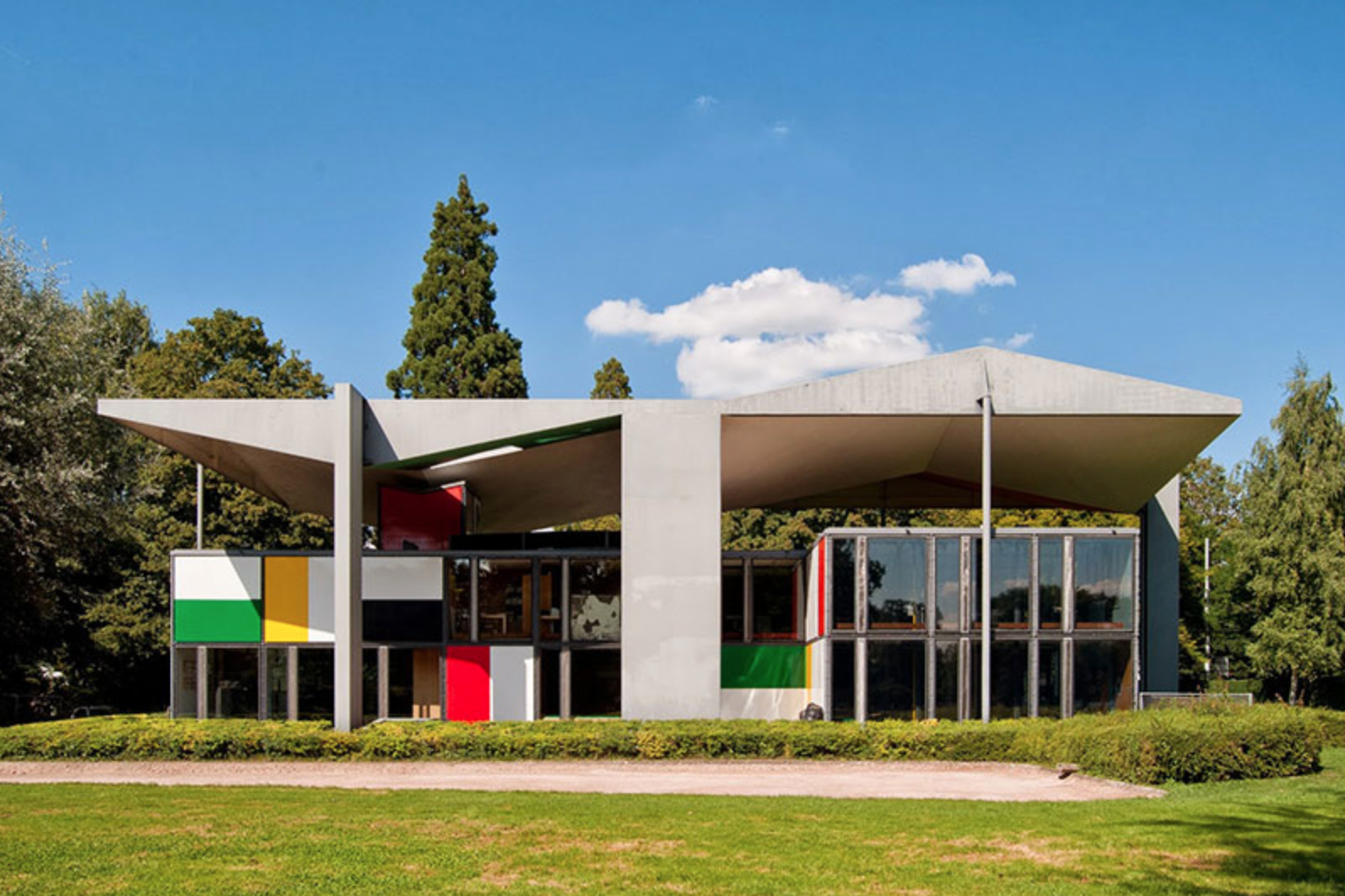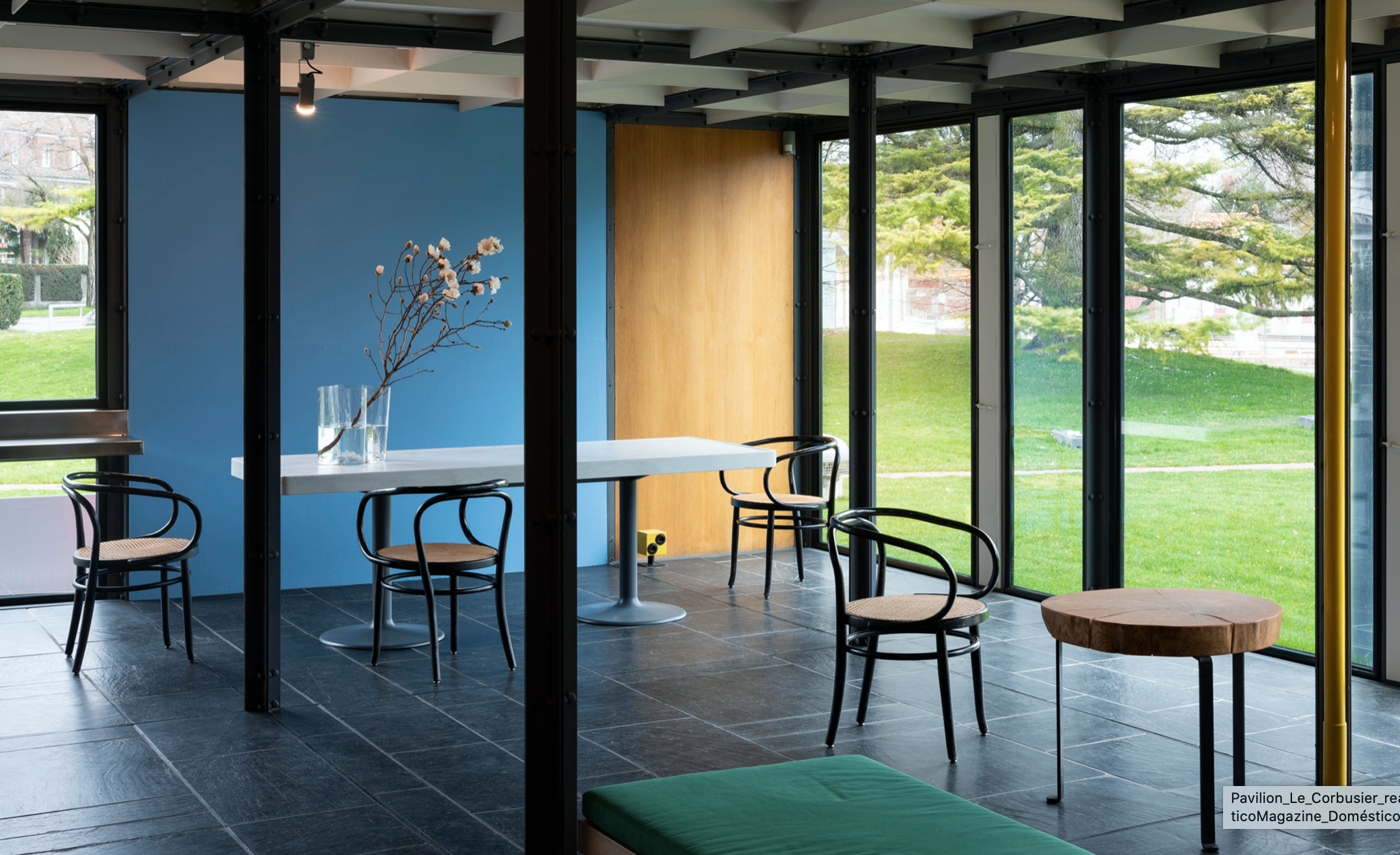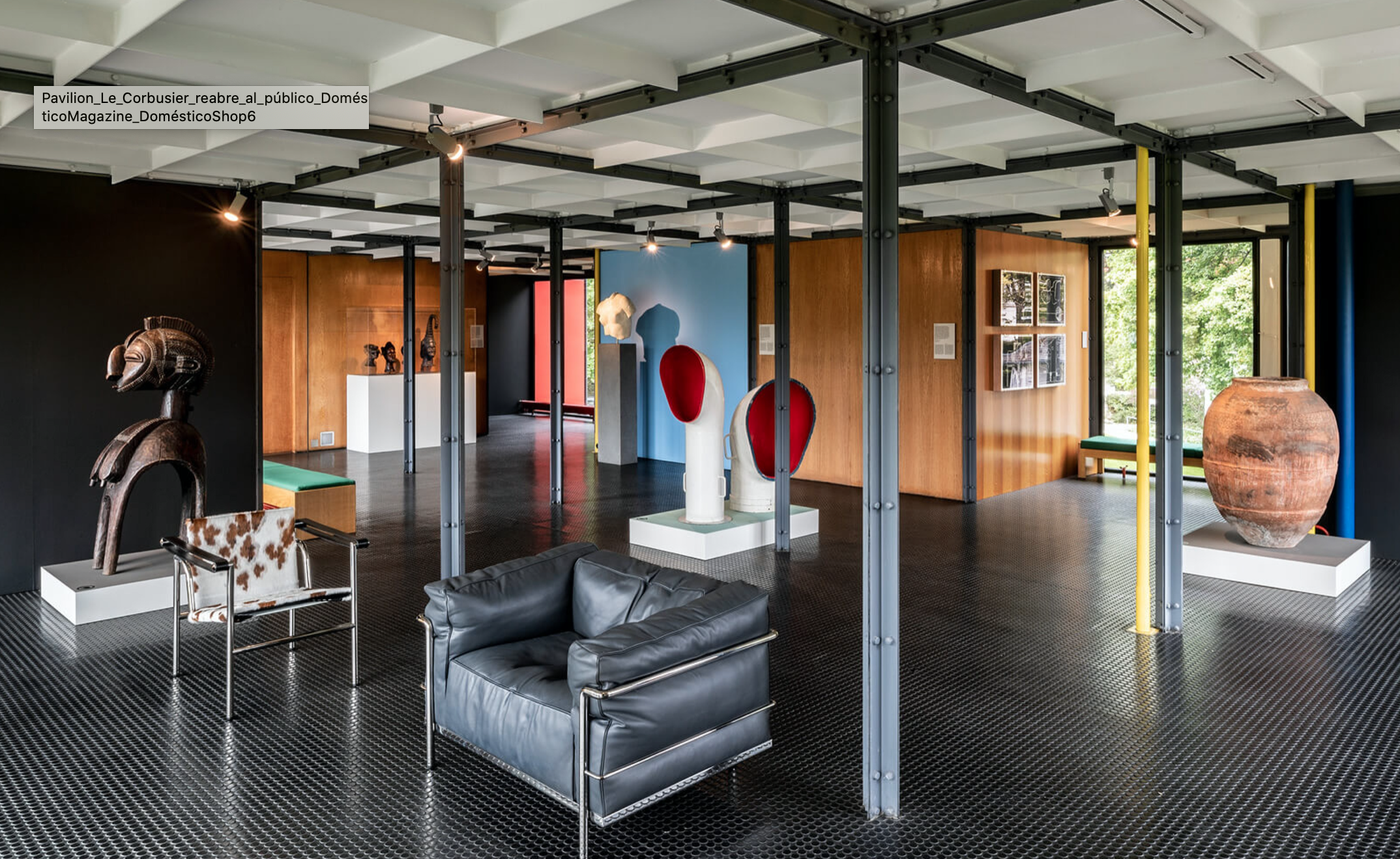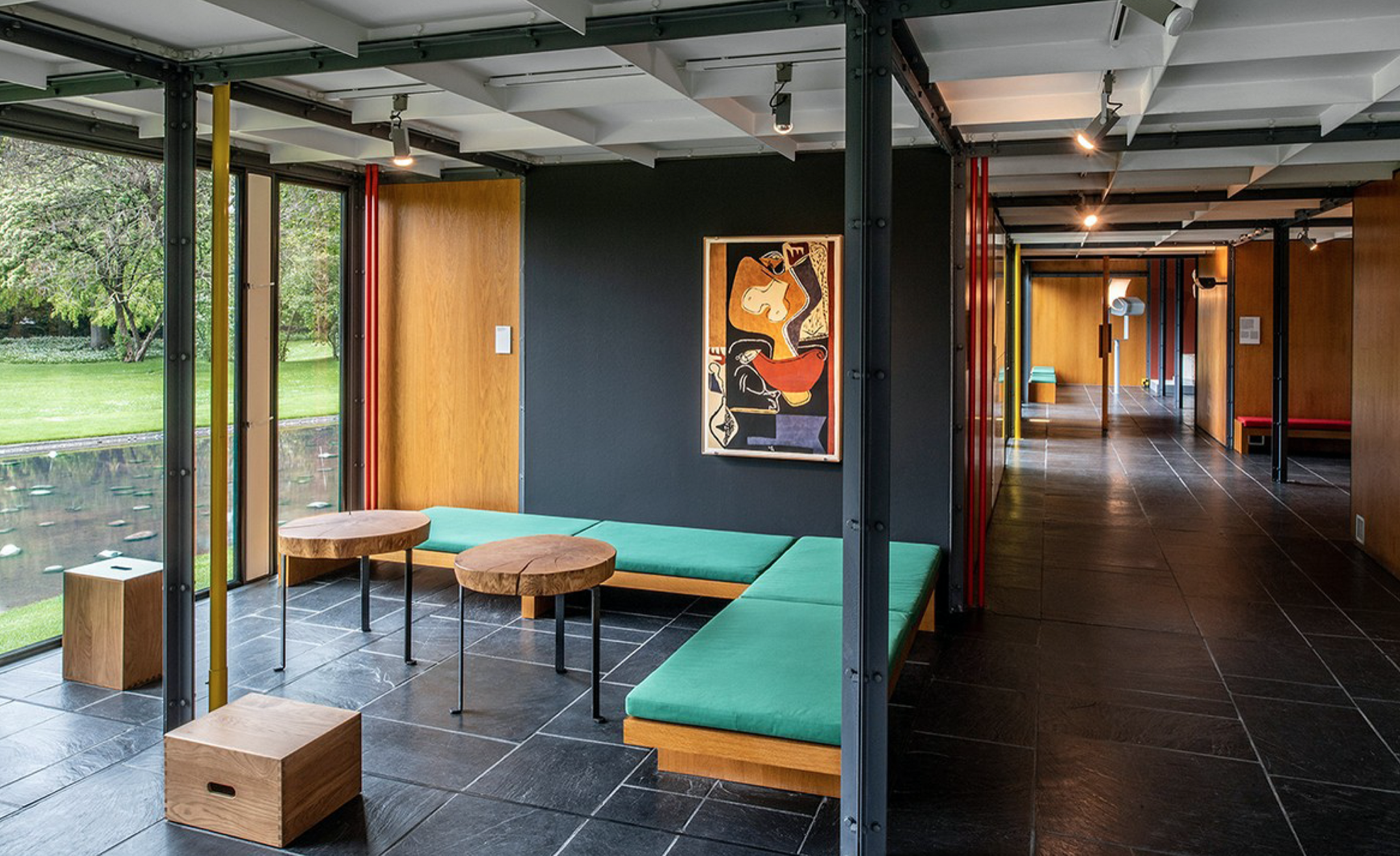Le Corbusier: The Man Behind Modernist Architecture
Le Corbusier in Paris, France, 1953.
Charles-Édouard Jeanneret-Gris, who was better known as Le Corbusier (October 6, 1887 – August 27, 1965), was a Swiss-French architect, designer, painter, urban planner, writer, and one of the pioneers of what is now called modern architecture. Born in Switzerland, Le Corbusier became a French citizen in 1930, where he launched his practice with his cousin – Pierre Jeanneret. His career spanned five decades, with buildings constructed throughout Europe, India, and the Americas. Today, we take a look at who Le Corbusier was, what his design philosophies were, and what his career entailed.
Often dubbed as the most influential architect of the 20th century, Le Corbusier was particularly adored by the public because he was one of the first architects to create architecture for the working class, and not the elite. His designs were affordable by the average worker and of higher quality than the housing build without regulation until his appearance. Le Corbusier's early work heavily promoted modernism and modernity as the key of rebuilding society following the destruction ensued by Word War I at the beginning of the 1920’s. Undeniably, his architecture and faith in technological progress and heavy industry helped create what many architectural historians would later call "The Machine Age." His first completed project was the La Maison Blanche, a house commissioned by the architect’s parents to be the family’s home. The structure features richness of detail and the masterful integration of the site plan and interior design. He truly believed that true architecture was architecture motivated by the quest for modern efficiency, and that houses were to operate as machinery used to view landscapes. As such, his trademark style was of maximizing space and natural light.
Le Corbusier played a big role in the birth of modern architecture. This is in part due to his ability to explicate and disseminate his principles concisely and compellingly.
Palace of Assembly Chandigarh by Le Corbusier, 1964
His role in the birth of modern architecture is magnified because of his ability to elucidate and disseminate his principles succinctly and forcefully. His Five Points of a New Architecture, which act as the design principles behind his architectural thought of the 1920s, constitute some of the most direct set of ideas in architectural theory, which he successfully demonstrated in his numerous contemporaneous villas of the interwar period. These principles are listed as follows:
1. The Pilotis – The idea of supporting structures on pillars in order to make the soil freely usable
2. The Roof Garden – On a flat roof there exists a layer of vegetation, which consequently ensures constant moisture and insulation.
3. The Free Ground Plan – The absence of heavy walls which allows for the flexible use of living space.
4. The Horizonal Windows – It gives the interior of the infrastructure even light and offers views of the surroundings.
5. The Free Façade – Open and closed sections on the façade enable the separation and connection of the exterior design from the building structure.
Unité d'Habitation by Le Corbusier, 1952







